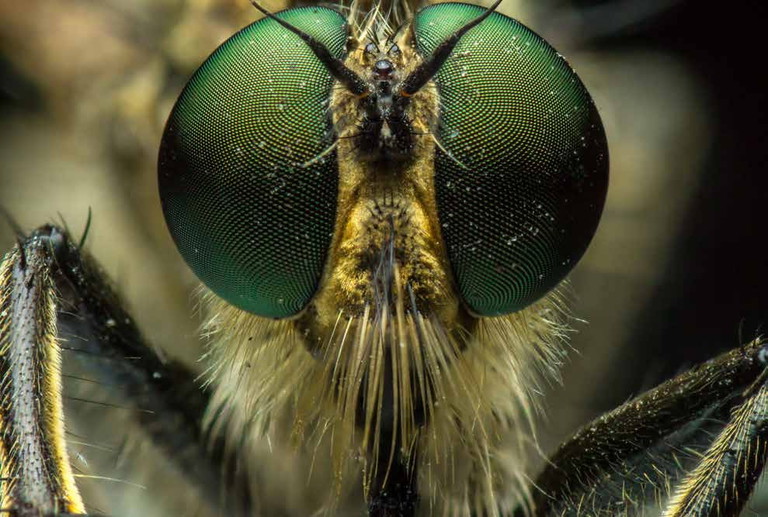
WA CITRUS biosecurity
Stay Alert
From gall wasp to Qfly, borer and more, protecting yourself is all about remaining vigilent – here’s what you need to know.
Words Helen Newman, WA biosecurity officer
Citrus Gall Wasp
Reports of new-season galls started to appear in West Australian social media gardening groups in February. It is pleasing to see the awareness of this pest in the community and the accurate advice being given in the forums. Most reports are still in the metro area, but gardeners from all over WA see the posts. Participants frequently share the DPIRD citrus gall wasp webpage, as well as the flyer that was produced for the regional-area mailout in September 2023. Targeted social media posts in regional areas will start again soon – if you see the posts please be sure to share them with your local networks.
“ Remember to keep an eye out for citrus gall wasps in your orchard. Focus on any recently planted trees and trees on the other rows of the orchard, particularly those bordering neighbouring properties and those directly downwind of residential areas... ”
Remember to keep an eye out for citrus gall wasps in your orchard. Focus on any recently planted trees and trees on the other rows of the orchard, particularly those bordering neighbouring properties and those that are directly downwind of residential areas. Find more information at www.agric.wa.gov. au/plant-biosecurity/citrus-gall-wasp-control.
Qfly Update
A pilot systems approach for managing host fruit in a Qfly export assurance zone (the area within 15km of the detection, but outside of the 1.5km epicentre) is now underway with more than 40 Swan Valley grape producers participating. The pilot gives businesses an alternative option to post-harvest cold or methyl bromide treatment for fruit sold within WA. It is hoped this may be extended to other states. The approach includes fruit fly trapping, bait spraying, crop monitoring, field hygiene and postharvest inspection on participating properties. These activities are audited, and there are third-party weekly trap inspections and fortnightly crop inspections. Systems approaches for other crops will be considered if successful.
Polyphagous Shothole Borer (PSHB) Update
Since the beginning of the PSHB response more than 49,000 citrus trees have been inspected as part of the surveillance program. Of those, 16 have tested positive for PSHB. All displayed low levels of infestation, with a single lemon tree displaying moderate symptoms. The first detection in citrus was in December 2021 and the most recent detection was in July 2023. Of the trees that tested positive, two orange trees and one lime tree had both the beetle and fungus present, so were considered reproductive (able to sustain a breeding population of beetles). Citrus is not a preferred host of PSHB, and detections have been when it is close to a heavily infested preferred host, such as a box elder maple (Acer negundo). In this situation, beetle populations build up in the preferred host, then start attacking anything nearby. For more information, visit https://www.agric.wa.gov.au/borer.
HLB Information Recording
Late last year, Citrus Australia was hosted Prof Neil McRoberts from the University of California. Prof McRoberts ran a session on ‘Using Models to Provide Rapid Program Support for California’s Efforts to Suppress HLB’ where he describes scientific tools used to make decisions following Asian citrus psyllid and Huanglongbing disease detection. To listen, visit www.
youtube.com/watch?v=wd6drN_Pi0A&feature=youtube.